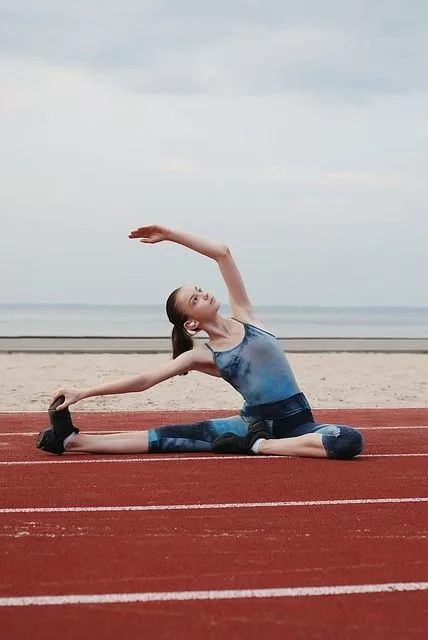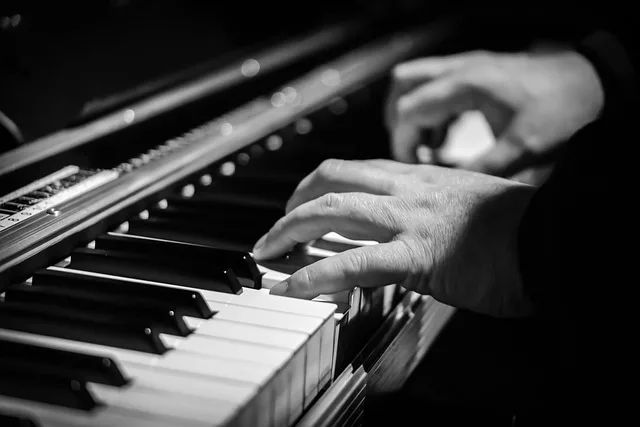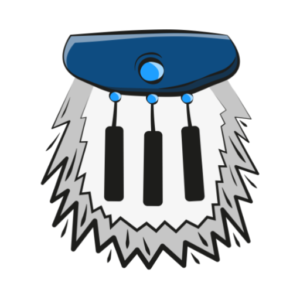Warming up before piano practice is important because it helps you get ready for playing. Similar to athletes warming up before a game, you should also take the time to warm up before playing an instrument.
By warming up, you can help prevent injuries and strains, especially since playing the piano involves a lot of finger and hand movement. It can also help improve your flexibility and coordination by getting the blood flowing to your muscles and joints.

Not only does it get your arms and hands going, it gives your brain some time to get in the best place with regards to focus.
Don’t worry, I’m not expecting you to get in some star jumps or yoga to get going. However, don’t let me stop you. A warmup is there to get your forearms, hands and fingers a little more nimble.
After spending a couple of minutes with whatever you choose to warm up with, your piano practice will be more effective.
There is some debate on what a warmup should consist of so I’ll cover the two schools of thought.
#1: Piano Practice Technique Exercises
There are loads of technical exercises you can choose from. Do some analysis on your weaknesses and pick drills that will address them to make you a more rounded pianist.
Some ideas could be
Scales – major, minor (harmonic, melodic, natural) and chromatic. Both parallel and contrary motion. Work on different articulations like staccato and legato. Also, vary your dynamics.
Arpeggios and 7ths. Same as the scales. Add some spice to your playing to make it more interesting.
Hand independence work. Try working one hand staccato and the other legato. Or polyrhythm work like playing a scale with one hand with quavers and the other with triplets.
There are loads of pedagogical composers too. I’d probably recommend Czerny. He composed hundreds of technical exercises ranging from easy to nightmare.

#2: Using Your Repertoire
Some pianists use the repertoire they’re working on to warm up.
This is reasonably straight forward because you just open your music and start playing. However, make sure to play slowly and quietly and allow yourself time to get warmed up. It’s very tempting to play slowly once then get stuck in to practice mode.
My Opinion
Personally, at the moment, before I start my piano practice I choose a key each day. Starting on C, I’ll play the major then the relative harmonic minor and melodic minor (A minor in this example). I also do the arpeggios for both the major and relative minor.
After that’s done I’ll play the dominant 7th of the major key I’m working on and the diminished 7th starting on the day’s chosent tonic.
Each day I move on to the next key in the circle of fifths e.g. G then D then A etc.
Of course, this will change over time. Sometimes I’ll work on trill technique because I’m weak in that area. I might also work on parallel 3rds.
Think about you’re own playing and find a warmup that addresses your issues and doesn’t bore you to death.
If you’re learning piano and would like some help I can provide the following.
The Lighter Touch is for people learning piano in their own time. I am available for support with video responses to your questions. Along with that, you would get access to a growing library of live support sessions and loads of free sheet music.

